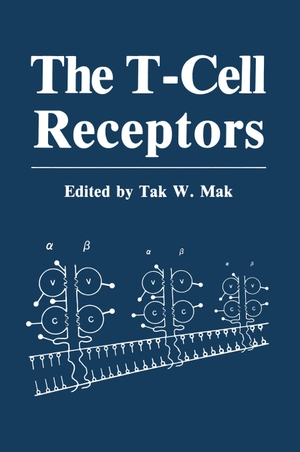Für statistische Zwecke und um bestmögliche Funktionalität zu bieten, speichert diese Website Cookies auf Ihrem Gerät. Das Speichern von Cookies kann in den Browser-Einstellungen deaktiviert werden. Wenn Sie die Website weiter nutzen, stimmen Sie der Verwendung von Cookies zu.
Cookie akzeptieren
The T-Cell Receptors
- Springer US
- 2012
- Taschenbuch
- 256 Seiten
- ISBN 9781468454086
The importance of thymus-dependent cells, or T cells, in the generation of a successful immune response was first realized in the early sixties. In the follow ing two decades, a succession of elegant experiments established the antigen specificity of T cells and their ability to perform both as regulatory and effector cells. T cells were shown to be essential in most immune reactions, playing a crucial role in augmenting the activity of effector T and B cells against 'foreign' antigen, as well as in the suppression of effector activity against self antigens. The means by which T cells differentiate 'foreign' from 'self' antigens is based on
Mehr
Weniger
zzgl. Versand
in Kürze